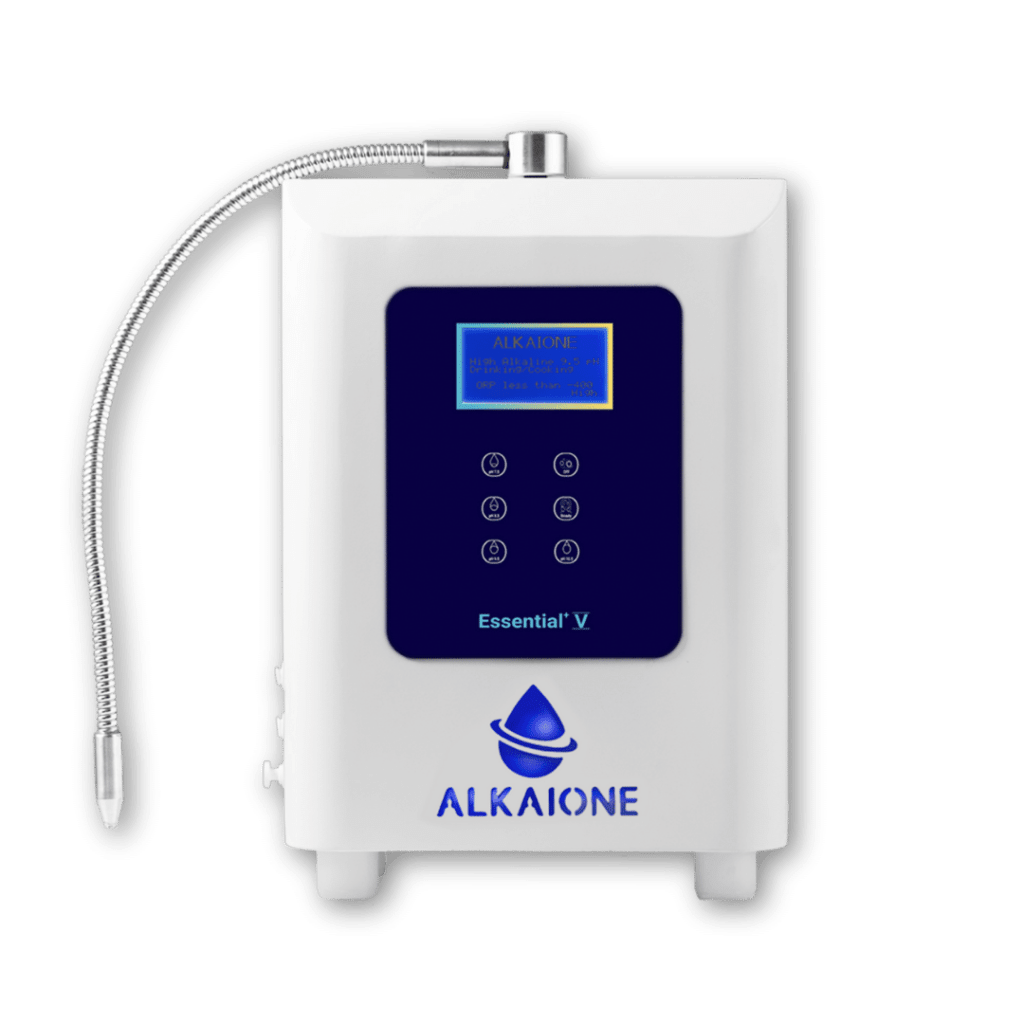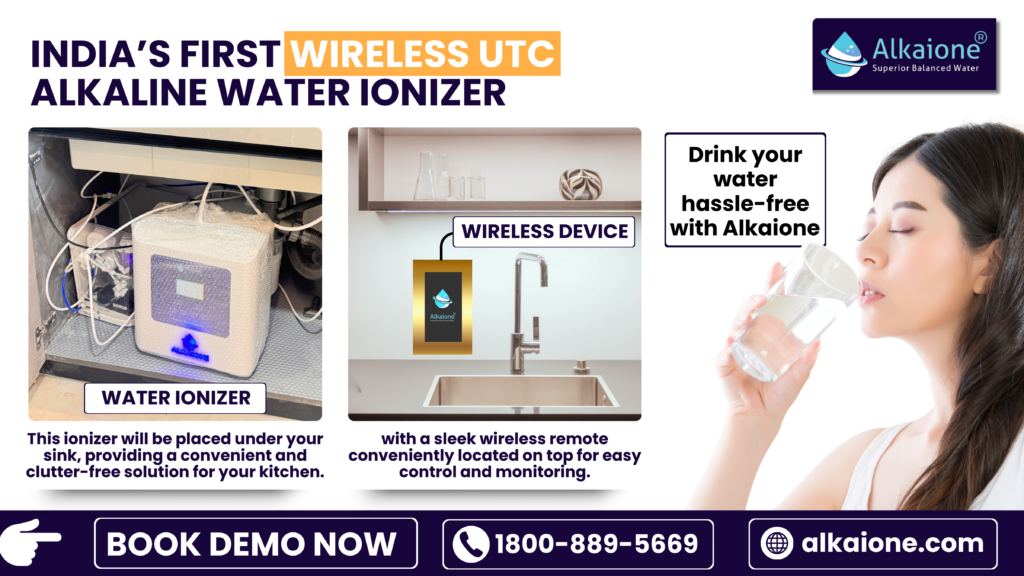The Science Behind Electrolyzed Water: Exploring the Production Process
Introduction
In the quest for cleaner and safer water, electrolyzed water has emerged as a promising solution. Often touted for its effectiveness in disinfection and its eco-friendly nature, electrolyzed water is making waves across various industries, including healthcare, agriculture, and food safety. But what exactly is electrolyzed water, and how is it produced? In this article, we delve into the science behind electrolyzed water, exploring its production process and the benefits it offers.
What is Electrolyzed Water?
Definition and Characteristics
Electrolyzed water, also known as electrochemically activated water or ECA water, is water that has been treated through the process of electrolysis. This process produces two types of water:
- Acidic water: Often referred to as hypochlorous acid (HOCl), known for its potent disinfectant properties.
- Alkaline water: Typically contains sodium hydroxide (NaOH), which can be used for cleaning purposes.
Applications of Electrolyzed Water
Electrolyzed water is utilized in various fields due to its versatility and effectiveness:
- Disinfection: Used in hospitals, food processing plants, and households for its ability to kill pathogens.
- Agriculture: Applied to crops to reduce the presence of harmful microbes.
- Cleaning: Employed as a non-toxic cleaning agent for surfaces and equipment.
The Production Process of Electrolyzed Water
Basic Principles of Electrolysis
Electrolysis is the fundamental process behind the production of electrolyzed water. It involves passing an electric current through a solution of water and salt (sodium chloride), resulting in the separation of the solution into its component parts.
Equipment Used
The production of electrolyzed water requires specialized equipment:
- Electrolysis cell: A chamber that contains electrodes and a membrane to separate the produced acidic and alkaline solutions.
- Power source: Supplies the electrical current necessary for the electrolysis process.
- Salt solution: Typically a mixture of water and sodium chloride.
Step-by-Step Production Process
- Preparation of the salt solution: A specific concentration of sodium chloride is dissolved in water to create the electrolyte solution.
- Electrolysis: The salt solution is introduced into the electrolysis cell, where an electric current is applied. This current causes the sodium chloride (NaCl) to dissociate into sodium ions (Na+) and chloride ions (Cl-).
- Formation of acidic and alkaline water: The electrolysis cell contains two compartments separated by a membrane. At the anode (positive electrode), chloride ions are oxidized to produce hypochlorous acid (HOCl). At the cathode (negative electrode), water is reduced to form hydrogen gas (H2) and hydroxide ions (OH-), which combine with sodium ions to produce sodium hydroxide (NaOH).
- Collection of the solutions: The resulting acidic and alkaline solutions are collected from their respective compartments for use.
The Chemistry Behind Electrolyzed Water
Chemical Reactions Involved
The electrolysis of sodium chloride solution involves several key chemical reactions:
- At the anode (positive electrode): 2Cl−→Cl2+2e−2Cl^- \rightarrow Cl_2 + 2e^-2Cl−→Cl2+2e− Cl2+H2O→HOCl+HClCl_2 + H_2O \rightarrow HOCl + HClCl2+H2O→HOCl+HCl
- At the cathode (negative electrode): 2H2O+2e−→H2+2OH−2H_2O + 2e^- \rightarrow H_2 + 2OH^-2H2O+2e−→H2+2OH− Na++OH−→NaOHNa^+ + OH^- \rightarrow NaOHNa++OH−→NaOH
Properties of the Produced Solutions
- Hypochlorous acid (HOCl): A powerful disinfectant that is effective against bacteria, viruses, and fungi.
- Sodium hydroxide (NaOH): An alkaline solution that can be used for cleaning and degreasing.
Benefits of Electrolyzed Water
Effective Disinfection
Electrolyzed water, particularly the hypochlorous acid component, is highly effective at killing a wide range of pathogens. It has been shown to be more effective than traditional chlorine-based disinfectants while being safer for human contact.
Eco-Friendly
Electrolyzed water is an environmentally friendly alternative to chemical disinfectants and cleaners. It breaks down into harmless substances (water and salt) after use, reducing the environmental impact.
Safe for Use
Unlike many chemical disinfectants, electrolyzed water is non-toxic and safe for use around food, pets, and humans. It does not produce harmful fumes or leave toxic residues.
Limitations and Considerations
Stability
One limitation of electrolyzed water is its stability. Hypochlorous acid, in particular, can degrade over time, reducing its effectiveness. Therefore, it is often produced on-site and used shortly after production.
Equipment Costs
The initial investment in electrolysis equipment can be high. However, the long-term savings from reduced chemical purchases and improved safety can offset the initial costs.
pH Balance
The pH levels of the produced solutions need to be carefully monitored and controlled to ensure their effectiveness for specific applications.
Practical Uses of Electrolyzed Water
In Healthcare
Hospitals and clinics use electrolyzed water for disinfecting surfaces, medical equipment, and even skin wounds due to its strong antimicrobial properties and safety profile.
In Agriculture
Farmers utilize electrolyzed water to irrigate crops and treat seeds, reducing the presence of harmful microbes and promoting healthier plant growth.
In Food Processing
The food industry employs electrolyzed water to sanitize equipment, surfaces, and even food products, ensuring a high level of hygiene without the use of harsh chemicals.
In Households
Consumers use electrolyzed water as a multi-purpose cleaner and disinfectant, benefiting from its effectiveness and safety for everyday cleaning tasks.
Conclusion
Electrolyzed water represents a remarkable blend of science and practicality, offering an effective, eco-friendly, and safe solution for disinfection and cleaning. While it is not without its limitations, the benefits of electrolyzed water make it a valuable tool across various industries and applications. By understanding the production process and the science behind it, we can better appreciate the potential of electrolyzed water in promoting health and hygiene.
FAQs
- What is electrolyzed water used for?
Electrolyzed water is used for disinfection, cleaning, and sanitization in healthcare, agriculture, food processing, and households due to its effective antimicrobial properties.
- Is electrolyzed water safe to use?
Yes, electrolyzed water is safe to use. It is non-toxic, does not produce harmful fumes, and is safe for use around food, pets, and humans.
- How long does electrolyzed water last?
The stability of electrolyzed water, particularly hypochlorous acid, can be limited. It is often produced on-site and used shortly after production to ensure maximum effectiveness.
- Can I make electrolyzed water at home?
While it is possible to purchase small-scale electrolysis devices for home use, the initial cost can be high. However, these devices can provide a convenient and effective way to produce electrolyzed water for household cleaning and disinfection.
- What are the benefits of using electrolyzed water in agriculture?
In agriculture, electrolyzed water can reduce harmful microbes on crops and seeds, promote healthier plant growth, and reduce the need for chemical pesticides and fertilizers.









